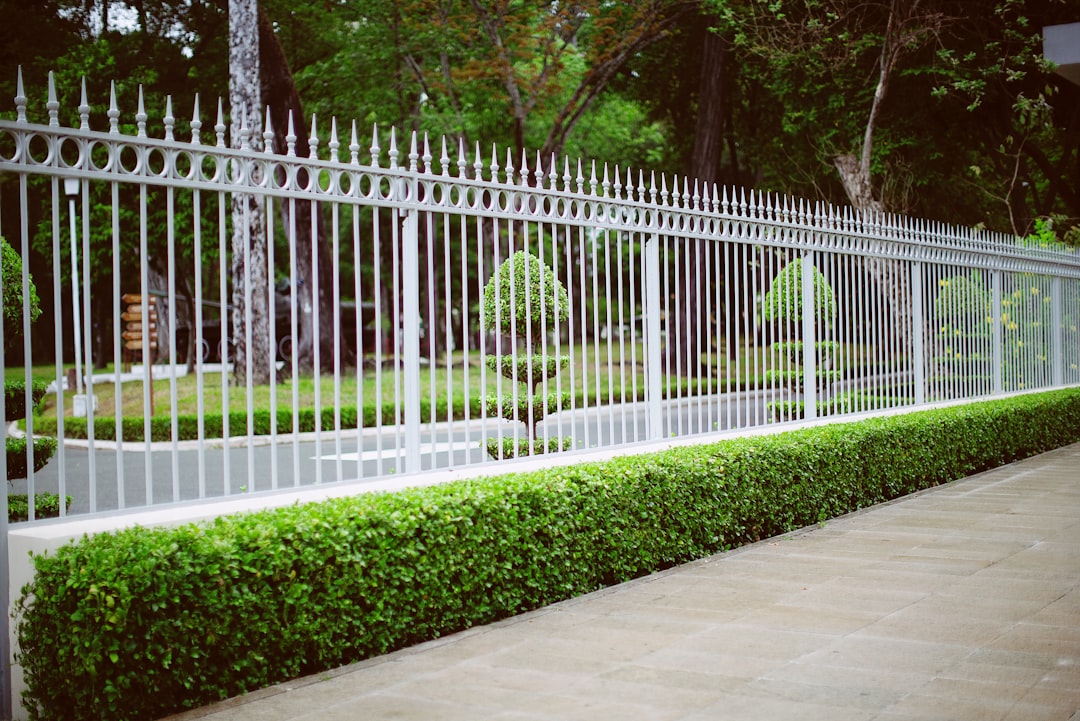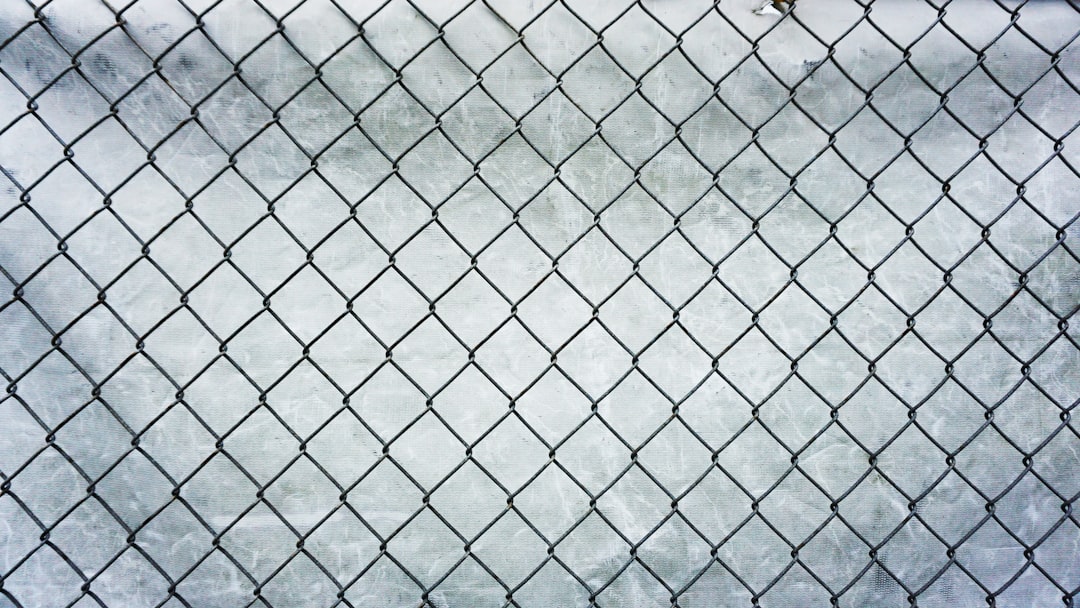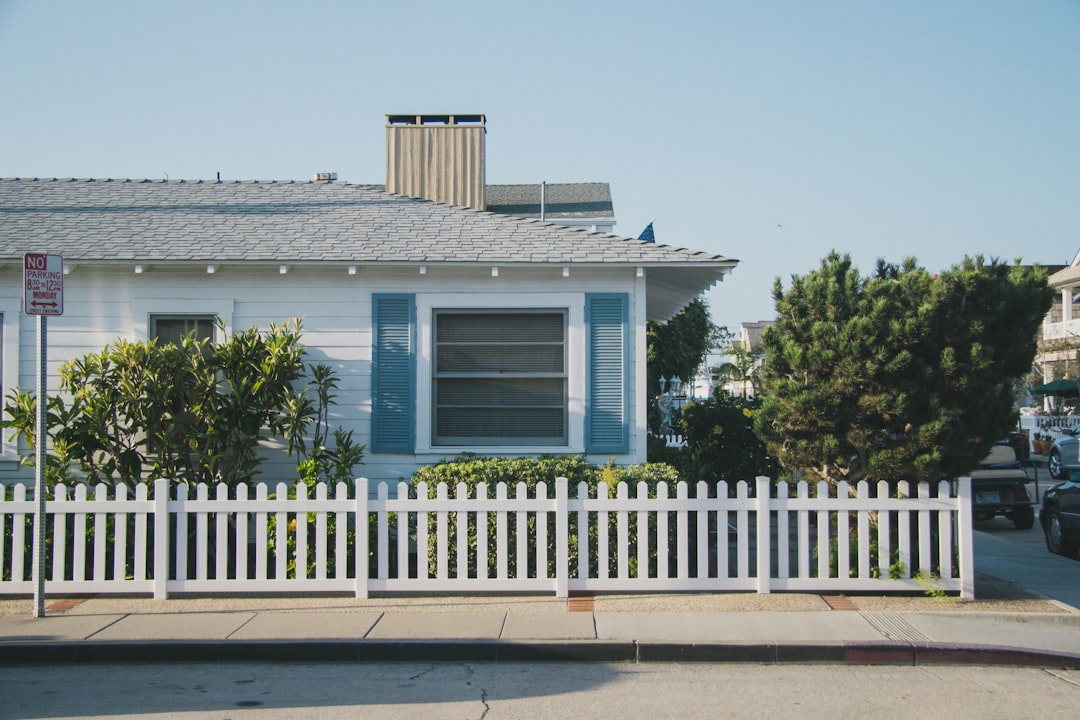Choosing the right anchor type is key to securing fence posts, with Fence Company experts advising tailored systems based on site conditions and material (e.g., concrete for wood, mechanical for metal). Improper anchoring, inadequate post spacing, or using unsuitable materials can lead to structural issues over time; thus, following manufacturer instructions and consulting a Fence Company is crucial for long-lasting, stable fence installations.
“Ensure your fence stays strong and secure with proper post anchoring! This comprehensive guide, tailored by top industry experts at a leading Fence Company, covers everything you need to know. From understanding diverse anchor types for optimal stability to best practices and common mistakes to avoid, we demystify the process. Whether you’re installing a new fence or reinforcing an existing one, our expert insights ensure your fence posts remain firmly in place, providing long-lasting structural integrity. Stay informed – invest in a secure fence today.”
- Understanding Anchor Types for Fence Posts
- Best Practices for Effective Anchoring
- Common Mistakes to Avoid During Installation
Understanding Anchor Types for Fence Posts

When it comes to ensuring fence posts are properly anchored for stability, understanding anchor types is key. Different environments and fence materials require specific anchoring solutions. For instance, mechanical anchors are suitable for wooden posts in stable soil conditions, while concrete anchors are ideal for metal fences or where ground instability is a concern.
A reputable Fence Company often recommends tailored anchor systems based on site assessments. They know that proper anchoring prevents post displacement, ensuring the fence remains sturdy and secure for years to come. This expertise is vital, especially in areas prone to extreme weather conditions or variable soil compositions.
Best Practices for Effective Anchoring

When it comes to ensuring fence posts are properly anchored for stability, a Fence Company often recommends several best practices. First and foremost, assess the soil conditions where the posts will be placed. Different types of soil offer varying levels of support, so choosing the right location is crucial. Compacted soil or solid rock provide the best anchor, while loose, sandy soil may require additional stabilization measures.
Next, select appropriate anchoring methods based on post material and size. Concrete anchors, such as sleeve anchors or split-shell anchors, are commonly used for wood posts due to their ability to withstand lateral forces. For metal posts, mechanical anchors like sleeve anchors or wedge anchors offer superior strength. Always follow manufacturer instructions during installation to guarantee optimal results and the longevity of your fence structure.
Common Mistakes to Avoid During Installation

When installing fence posts, there are several common mistakes that homeowners and DIY enthusiasts often make, leading to instability and structural issues over time. One of the most crucial aspects to avoid is inadequate anchoring. Simply pounding posts into the ground isn’t enough; they must be securely anchored to withstand various weather conditions and prevent tipping or shifting. Many people underestimate the importance of using proper anchoring techniques, such as concrete or mechanical anchors, especially in areas prone to strong winds or heavy rainfall.
Another mistake to steer clear of is improper post spacing. Following manufacturer guidelines for recommended spacing ensures optimal structural integrity. Inadequate spacing can compromise the fence’s overall stability and lead to uneven posts, affecting the entire fence line. Additionally, using the wrong type of fence posts for your project or local climate conditions can be a recipe for disaster. Always consult with a reputable Fence Company to understand the best materials and methods for long-lasting, stable fence installations.
When it comes to installing fence posts, proper anchoring is paramount for long-term stability. By understanding different anchor types, adhering to best practices, and steering clear of common mistakes, you can ensure your fence stands strong against the elements and time. For professional guidance and top-quality materials, trust a reputable Fence Company to make your fencing project a success.
